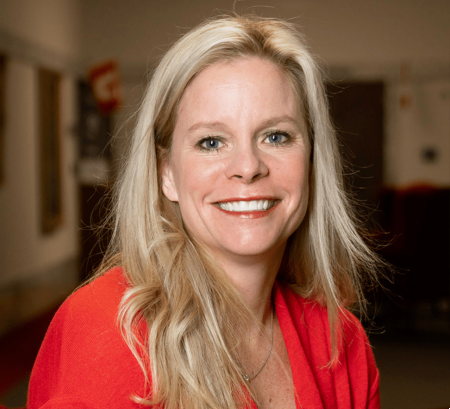

Salt Lake City, Utah — May 29, 2025
Trace Air Quality (Trace AQ), a predictive air quality analytics startup spun out of the University of Utah, has launched with $1.25 million in seed funding to bring enterprise-grade forecasting tools to the growing threat of wildfire smoke and pollution events.
The company’s founding team includes atmospheric science researchers Heather Holmes, Derek Mallia, and Taylor (Kai) Wilmot, who developed the core technology over years of federally funded research at the U. Leading commercialization is founding CEO Victor Gill, a tech executive with experience scaling environmental data platforms.

Trace AQ’s software platform combines satellite imaging, wildfire behavior models, advanced meteorological simulations, and AI-based pattern recognition to deliver high-resolution air quality forecasts up to 96 hours in advance. The platform is designed for industries with growing exposure to environmental volatility—utilities, logistics firms, insurers, and government agencies.
“Our models outperform traditional forecasting systems, especially when it comes to rapid-onset smoke events,” said Gill. “We’re helping customers proactively adjust operations, notify stakeholders, and comply with increasingly strict air quality regulations.”
The $1.25 million seed round was led by Rusheen Capital Management, a Santa Monica-based private equity firm that invests in growth-stage companies in the carbon capture and utilization, low-carbon energy and water sustainability sectors. Rusheen is led by Jim McDermott and Jeff Green. They were joined by Thin Line Capital (Pasadena, CA) and Curt Doman, a Utah entrepreneur and early-stage investor. The university’s Technology Licensing Office (TLO) played a key role in spinning out the technology and brokering the licensing deal.
Trace AQ is currently piloting its platform with western utilities and state agencies and is in discussions with insurers and large event operators.
Trace AQ is the latest example of the University of Utah’s push to commercialize high-impact research. The company emerged from the university’s Energy and Geoscience Institute (EGI) and was accelerated through the Utah Venture Hub and the Energy Transition Accelerator.
“This is exactly the kind of company we aim to help launch—deep tech solving urgent problems,” said Jim Hotaling, Vice President of Research for Commercialization at the University of Utah. “Trace AQ went from academic modeling to real-world impact in record time.”

Bruce Hunter, chief innovation officer at the TLO, noted that Trace AQ is one of several recent startups benefiting from a more integrated approach to tech transfer. “We’re moving beyond paperwork to real partnership,” said Hunter. “Startups like Trace AQ are how we measure success—when our faculty’s research turns into tools the world can actually use.”
Erin Rothwell, vice president for research at the UofU, added, “Utah’s strength as an innovation hub comes from our culture of collaboration and commitment to real-world impact. Trace AQ reflects our mission to turn research into resilience.”

Trace AQ is positioning itself as an early mover in predictive air quality intelligence—especially in the western U.S., where wildfire season is now effectively year-round.


